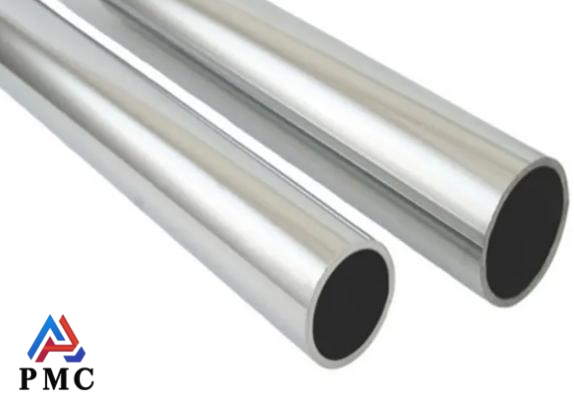
Purposes of 316l Stainless Steel Pipes Leveling Process
Do you know how the 316l stainless steel pipe with smooth and bright surface and precise size comes from? This is closely related to the flattening process in the cold rolling production process. Cold rolled steel is produced on the basis of hot rolled steel coil through a series of processes including annealing, pickling, grinding, polishing, and leveling, among which leveling is the last process of cold rolling.
What is the Purpose of the Leveling Process for 316l Stainless Steel Pipes?
The first aspect is to improve the mechanical properties of the steel pipe and ensure its formability. After the steel pipe is annealed, it will produce "bend extension phenomenon" during the tensile deformation process, and "wrinkles" and "ruffles" will appear in the subsequent processing process, which seriously damages the value of the product. In order to eliminate this type of defect, the stainless steel welded pipe needs to be properly lightly cold rolled (flattened) to produce uniform permanent deformation in advance, so that no "bend extension" phenomenon occurs during tensile deformation.
The second aspect is to correct the shape of the plate to obtain a straight cold-rolled plate. Regardless of the material and purpose, cold-rolled steel requires flatness, and the cold-rolled shape after annealing and pickling is usually not ideal and needs to be corrected by leveling. The shape of 316l stainless steel pipe, especially its straightness, is mainly controlled by the roller straightening machine in the straightening process and the post-processing cross-cutting device. However, for stainless steel pipes with a thickness of ≤ 1.0 mm, the roller straightening machine can only play a fine-tuning role.

The straightness of the steel pipe in the flattening process is mainly controlled by the original convexity of the two rolling rollers (0.1~0.2mm) and the rolling pressure (100~900t). Different original convexity distributions and rolling pressures are determined according to the strength and thickness specifications of different steel grades. For high-strength and thin steel, a counter stick with a slightly larger convexity should be used. Another principle is that the flatness of the stainless steel pipe is mainly the flatness of the straightness, usually in one pass.
The third aspect is to perform surface treatment on the cold-rolled sheet according to the customer's usage requirements to improve the surface quality. Depending on the application of 316l stainless steel pipes, the surface state can be divided into smooth surface (such as 2B, BA) and pitted surface. The smooth panel should have a good finish and should be leveled with a high-finish roller; while the hemp panel is a dull board that needs to be leveled with a roughened roller. In addition, some surface defects can also be improved by leveling.
The above is the purpose of the flattening process for 316l stainless steel pipe. The cold-rolled stainless steel after recrystallization annealing is rolled with a small deformation rate to improve the mechanical properties of the stainless steel pipe, ensure its formability, and make it produce uniform permanent deformation in advance, so that there is no "bending extension" phenomenon in the tensile deformation; correct the shape of the raw material to obtain a straight cold-rolled steel pipe raw material, but for a thickness of ≤1.0mm, it can only play a fine-tuning role; and improve the surface quality of the 316l stainless steel pipe.
Read more: How to Identify Inferior 316L Stainless Steel Pipes?


